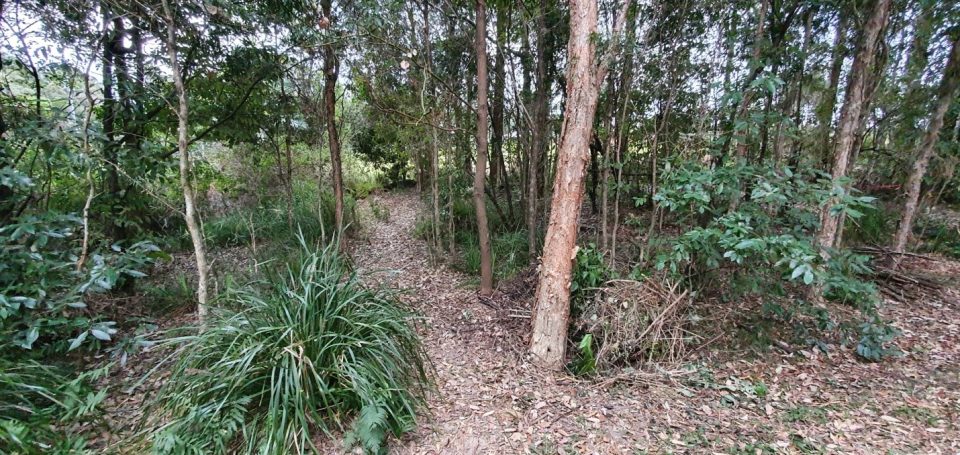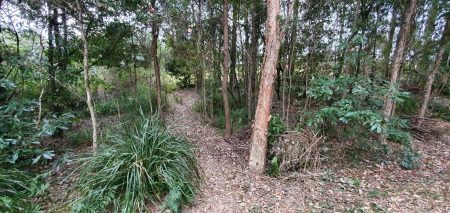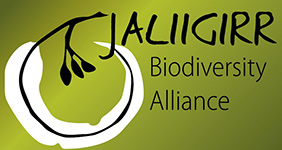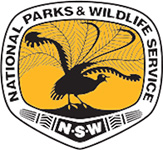
The team continued to work 2 mornings per week for about 3 months, then cut back to 1. By doing this, it really had a great impact on the site in the section where we started work.
As a newcomer to Landcare, some of the methods employed were foreign to our team.
One would think you would work in a bad area first. Not so, a controllable area is chosen, so that impact is felt and any work done shows quick results. This encourages workers and prompts continuance, as we could see where we had worked, it looked amazing!
LESSONS LEARNT THAT MAY BE USEFUL FOR NEW GROUPS;
- Paspalum
- Lantana
PASPALUM;
The area we originally worked on was Paspalum City. There are different methods of dealing with it and we chose to weed it out, purely because we knew no other way. We are now aware of grounding out and deseeding but weeding was how we tackled a very large area. Fortunately, we had 14 workers when we started our group and, by working 2 days x 3 hour sessions per week, made a huge, immediate, impact. The weed was piled on bundles of fallen branches so as not to make contact with the ground, eventually rotting down. Grounding out, the root systems remain, holding soil together while removing the top growth. Seed removal stops seed dispersal but allows the weed to continue clumping.
RESULT;
In the area we hand – weeded, native grasses and endemic species have naturally returned. The area has some paspalum but the green we now see is mostly native grasses and ferns, with Eucalypt, Acacia and other rain forest species raising their stunning heads.
LANTANA;
Large forests of lantana crowded tree tops and looked unsightly. This was the other dominant weed species in the areas we have tackled so far. By cutting, laying a thick bed of branches down and piling it, the lantana dried, died and made it easy to see any missed re-growth.
RESULT;

This area was once dominated by lantana
As a result of the area we were working in, many habitat piles were in view of the public and as most did not understand the science behind what was being done, spoke to us about how ugly they looked. After a few months, the cut lantana branches had dried enough to break up and spread as mulch in the area cleared. Where wood and lantana made good habitat closer to the ground, the piles were left for habitat purposes, land mullet and other small species have now made them their homes in them.
Valuable lessons are learned from inexperience. Some may say groups go too hard and clear too much and this is can be true, but in some areas, which have not been neglected completely, going hard helped access unloved area. Thankfully, because of our amazing rainfall in Coffs, any faux pas recovered quickly.
In our next update we will discuss removing large garden escapees and the involvement of a local school on our site.
Happy weeding,
Liz- Coordinator Linden Lagoon Landcare.



